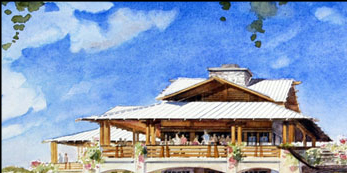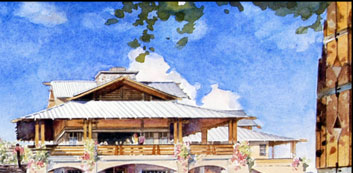|
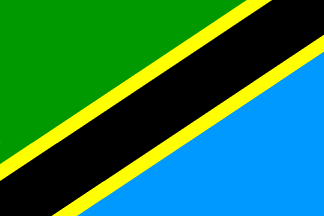
ABOUT TANZANIA: Shortly after independence in 1961,
Tanganyika and Zanzibar merged to form the nation of Tanzania
in 1964. One-party rule came to an end in 1995 with the first
democratic elections held in the country since the 1970s. Zanzibar's
semi-autonomous status and popular opposition have led to two
contentious elections since 1995, which the ruling party won despite
international observers' claims of voting irregularities. With
an estimated population of 37,187,939, Tanzania continues to be
one of the most peaceful nations in Africa. And it has done so
by maintaining good relations between government officials in
high and lower positions. |
|
|
|
|
|
|
|
|
|
©
BC&J
Architecture, Planning
Construction Management
© CG Media
and Marketing, LLC
Project: Mwalimu Cultural Center
Client: Godwin Selembo - Horizon Group (T) Ltd
Concept: Godwin Selembo
Chris Davenport
Wes Carey
Concept Artist: Scott Clark
http://www.serengetiexpeditions.com
|
|
|
|
|
|
|
|
|
Although
Kiswahili is the most spoken language in Tanzania, English is
the official primary language of commerce, administration, and
higher education. Kiswahili is the mother tongue of the Bantu
people living in Zanzibar and nearby coastal Tanzania; although
Kiswahili is Bantu in structure and origin, its vocabulary draws
on a variety of sources, including Arabic and English, and it
has become the most widely used in central and eastern Africa;
the first language of most people is one of the local languages.
For more info on Tanzania, go to:
World
FactBook
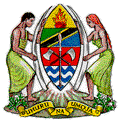
|
| |
|
|
|
|
|
|
|
|
| |
|
|
|
|
|
|
|
|
|
|
|
|
|
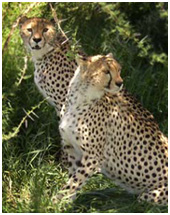 |
|
|
|
|
|
|
|
|
Cheetahs
in the Serengeti |
|
|
|
|
|
|
|
|
|
| |
|
|
A
view of Africa's tallest peek: Mt. Kilimanjaro |
|
|
|
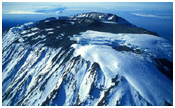 |
|
|
|
|
|
|
|
|
|
|
|
